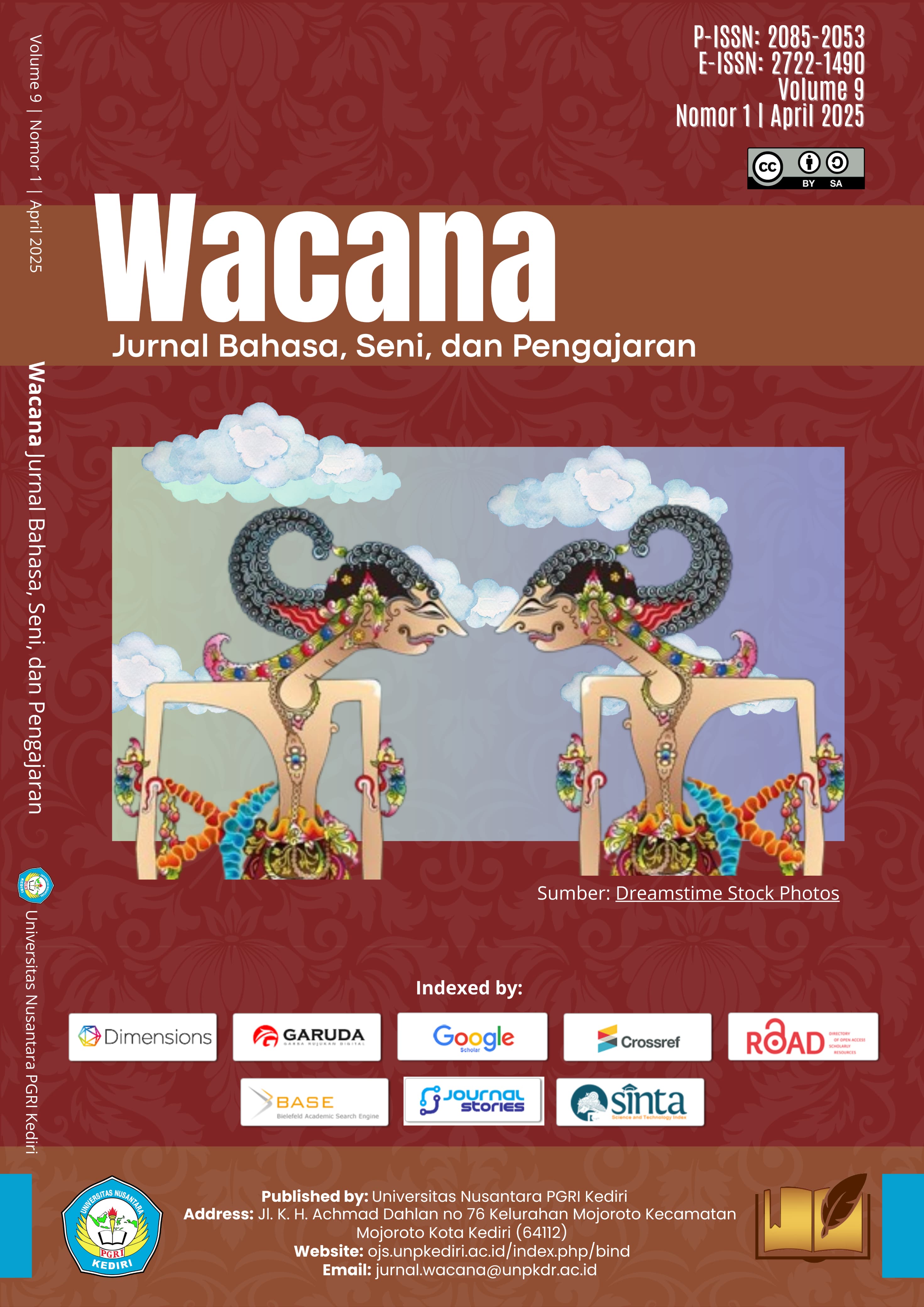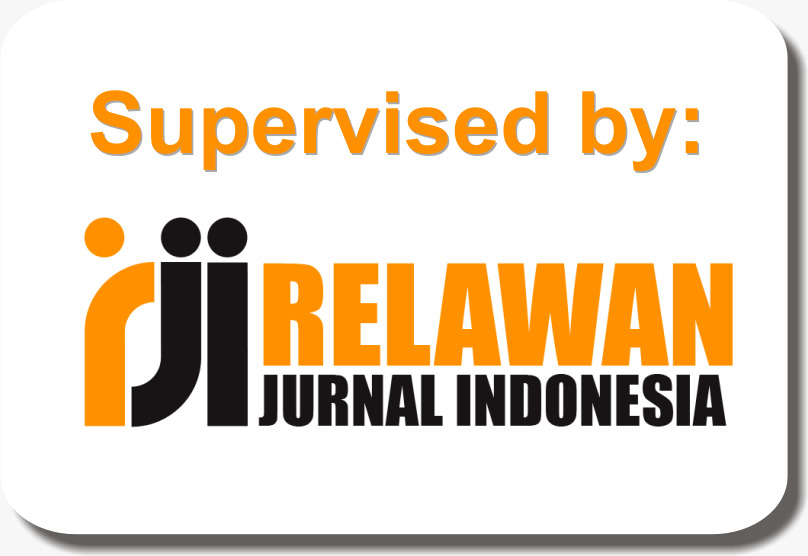Analysis of Humorous Speech Patterns in Manglé Magazine's 'Barakatak' Column (A Pragmatic Study)
DOI:
https://doi.org/10.29407/jbsp.v9i1.9Keywords:
humorous, Manglé, pragmatics, speech actsAbstract
This study aims to explore the use of humorous speech acts in the Barakatak column of Manglé magazine as a reflection of pragmatic communication within the Sundanese cultural context. Humor in local, regionally-based media plays a vital role in conveying social criticism and preserving the existence of indigenous languages. However, linguistic research on local humor—especially from a pragmatic perspective—remains notably limited. This research employs a qualitative descriptive method with a pragmatic approach. The data consist of humorous texts extracted from the Barakatak column in the September–October editions. Various types of speech acts were identified, including locutionary, illocutionary, and perlocutionary acts. Furthermore, each entry was found to contain humor functions such as commissive, impositive, expressive, and assertive functions. Lastly, numerous forms of sociocultural criticism were discovered, illustrating the embodiment of local wisdom in Sundanese culture. The analysis of eleven Barakatak entries revealed key patterns in speech acts, humor functions, and cultural context. These findings indicate that the humor presented in Barakatak serves not merely as entertainment, but also as an effective and nuanced form of cultural communication for articulating social criticism within the Sundanese community.
References
Attardo, S. (2020). The linguistics of humor: An Introduction. Oxford University Press.
Ayuningtyas, I. D., & S. (2020). Analisis pragmatik dalam humor berita online. Jurnal Ilmiah Bahasa Dan Sastra, 6(2), 85–93.
Chaer A. dan Agustina L. (2010). Sosiolinguistik perkenalan awal. Rineka Cipta.
Cutting, J. (2020). Pragmatics and discourse: A resource book for students. Routledge.
Firmansyah, M. B., & Rokhmawan, T. (2017). Representasi bahasa humor dalam acara Stand Up Comedy di Metro TV. Wacana : Jurnal Bahasa, Seni, Dan Pengajaran, 1(1), 41–47. https://doi.org/10.29407/jbsp.v1i1.466
Handayani, S. (2020). Pragmatik humor dalam bahasa Indonesia: Studi pada Komedi Televisi Indonesia. Pustaka Pelajar.
Hidayat, N. T. S. (2024). Polah ucap ilokusi Dina novel Budak Teuneung karya Samsoedi: Ulikan pragmatik. Universitas Pendidikan Indonesia.
Jupriono, J., & Andayani, A. (2018). Analisis tindak tutur wacana humor agama-agama di Indonesia. PARAFRASE: Jurnal Kajian Kebahasaan Dan Kesastraan, 18(1).
Kasanah, U., Rahmayantis, M. D., & Pitoyo, A. (2023). Aspek gramatikal pada novel Rasa karya Tere Liye (Kajian wacana). Wacana : Jurnal Bahasa, Seni, Dan Pengajaran, 7(2), 152–162. https://doi.org/10.29407/jbsp.v7i2.20964
Khotimah, A. H., & Sudaryat, Y. (2022). Analisis wacana humoris dalam majalah Manglé rubrik “Barakatak” (Kajian pragmatik). Riksa Bahasa XVI, 48–68. http://proceedings.upi.edu/index.php/riksabahasa
Lestari, A. R., & Mariani, M. (2018). Pragmatic analysis of humorous utterances in Indonesian Stand-Up Comedy. Humaniora Binus, 9(2), 123–131.
Norrick, N. R. (2016). Conversational joking: Humor in everyday talk. indiana university press.
Novitasi. A. (2020). Fungsi sosial humor dalam interaksi sehari-hari. Jurnal Sosial Humaniora, 11(1), 12–23.
Oktaviani. S. V. (2018). Polah ucap humoris Dina drama Juragan Hajat karya Kang Ibing Pikeun bahan pangajaran aprésiasi drama kelas XI (Ulikan pragmatik). Universitas Pendidikan Indonesia.
Pranowo, D. (2016). Tindak tutur humor sebagai strategi komunikasi dalam bahasa Indonesia. Ilmu Sosial Dan Humaniora, 5(2), 133–142.
Putra. R. A. (2020). Konsep implikatur dalam humor lokal. Jurnal Bahasa Dan Budaya, 7(1), 33–41.
Ramadhani, D., & Hidayat, T. (2022). Analisis tindak tutur dalam komedi situasi Indonesia. Linguistik Terapan, 9(2), 55–64.
Rini Andriani, Rahmah, S. F., & Putra, D. A. K. (2023). Sistem fonem vokal dalam bahasa Minang. Wacana : Jurnal Bahasa, Seni, Dan Pengajaran, 7(2), 112–120. https://doi.org/10.29407/jbsp.v7i2.20430
Rukmana, T. (2021). Humor dalam bahasa Sunda: Kajian pragmatik terhadap rubrik Barakatak majalah Mangle. Jurnal Basa Jeung Sastra Sunda, 9(1), 45–55.
Saputra, F., & Mulyani, N. (2019). Analisis humor sebagai cermin budaya. Jurnal Budaya, 5(2), 75–88.
Sari, D. T. P., Putra, G. R. I., Lukman, L., & Ginanjar, B. (2024). Tindak tutur bahasa humor pada balasan komentar admin akun tiktok Pesona Indonesia (Sebuah tinjauan pragmatik). Bahtera Indonesia: Jurnal Penelitian Bahasa Dan Sastra Indonesia, 9(1), 131–140.
Setiawan, A. (2017). Linguistik pragmatik: Teori dan aplikasinya dalam penelitian bahasa Indonesia. Penerbit Universitas Airlangga.
Sudaryat, Y. (2020a). Bahasa dan budaya dalam perspektif linguistik Antropologi. Refika Aditama.
Sudaryat, Y. (2020b). Wacana pragmatik basa Sunda (2nd ed.). upi press.
Sugiyono. (2016). Metode penelitian kuantitatif, kualitatif dan R&D. PT. Alfabet.
Yule. G. (1998). Pragmatics. Cambridge University Press.
Yule. G. (2017). Pragmatics. Oxford University Press.
Downloads
Published
Issue
Section
License
Copyright (c) 2025 Budi Rahayu Setiawan, Alisha Hemalia, Vira Vandini Permana, Lola Apriani Rahmatilah, Keisya Aurelya Putry, Temmy Widyastuti, Hernawan Hernawan

This work is licensed under a Creative Commons Attribution-ShareAlike 4.0 International License.













